Sergey Ivanovich Kirillov, Decorated house
About the Artist/Site
Blacksmith Sergey Ivanovich Kirillov’s decorated house in the small community of Kunara is rather well known in this country, as it is considered one of the best examples of Russian folk art architecture. In fact, in 1999 it won an all-Russian competition of amateur wooden architecture. Yet while this creation ranks high in terms of Russian folk art, from another perspective it also ranks as an extraordinary art environment.
Sergey Kirillov was born in Kunara in 1930. In 1941, when he was still a young boy, his father left the family to join the Russian army in the war against Germany, never to return. With only a few years primary education Kirillov became the village’s only blacksmith, a job he would perform throughout his life.
He married Lydia Kharitonova in 1951, and the couple moved to Kirillov’s grandfather’s old house, an old property in poor condition that needed repair. As he was so busily occupied all day with his blacksmithing business, any additional or creative work needed to take place in the evenings, and he often worked on the house until midnight, then rising early – sometimes at 4 a.m. – to continue this personal work. Although he had returned the house to good condition by 1954, he could not stop and began to embellish it further with elaborate decorations, a project he did not consider complete until 1967.
Kirillov used wood and metal as his basic materials. From wood he created a large variety of carved ornaments, which he added to the façade in symmetrical, colorfully painted arrangements. He also assembled quadrangular decorations consisting of stacked layers that he added to the ridge of the roof. Other freestanding elements include objects such as a life-size vase with an arrangement of flowers, displayed near the entrance to the property.
Kirilov used metal for the manufacture of the sculptures that are installed on the left and right oblique sides of the triangular gabled end of the façade of the main building’s roof.
These sculptures mainly depict young people (Pioneers of the Russian youth movement), who hold up signs with texts or release doves. In the middle a youngster rides a rearing horse as he salutes with a raised arm. Although the aesthetic of the sculptures reflects the period of their creation during the years that the communist regime was dominant, the expression of the sculpted figures and comparable manifestations can be described as affectionately and enthusiastic, rather than propagandistic. This is also reflected in inscriptions on the house; examples read: “Letite golubi, letite. Dlya vas nigde pregrady (Fly pigeons, fly. For you, there are no obstacles)” or “Pust' vsegda budet mama, pust' vsegda budet mir (Let there always be mothers, let there always be peace).”
On the eve of the nationwide celebration of the 50th anniversary of the 1917 October Revolution, in 1967 – when he was in his late thirties – Kirillov announced that he considered his creation to be complete. An inscription on the house records this.
After that the artist lived for another thirty-four years. He was buried at the local cemetery in a grave decorated with two colorful upright standing grave monuments that he had created himself. One of these monuments has a wealth of wrought iron flowers.
After Kirillov’s death his wife and a daughter continued to live in the house. Although they tried to maintain the decorations, they could not prevent some decay. Then, in the summer of 2012, a group of volunteers from the city of Yekaterinburg, some 80 km south of Kunara, became active in trying to preserve the site, repainting various parts of the decorated house. Although it is in stable condition at the moment, this art environment has no protected status and it remains to be seen what its future holds.
~Henk van Es
Map & Site Information
Kunara, Sverdlovskaya oblast', 624182
ru
Latitude/Longitude: 57.398523 / 60.465121
Nearby Environments



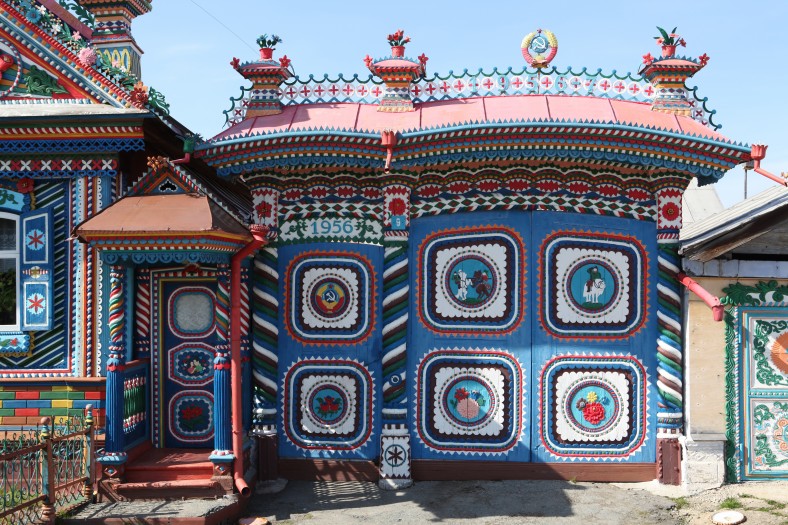
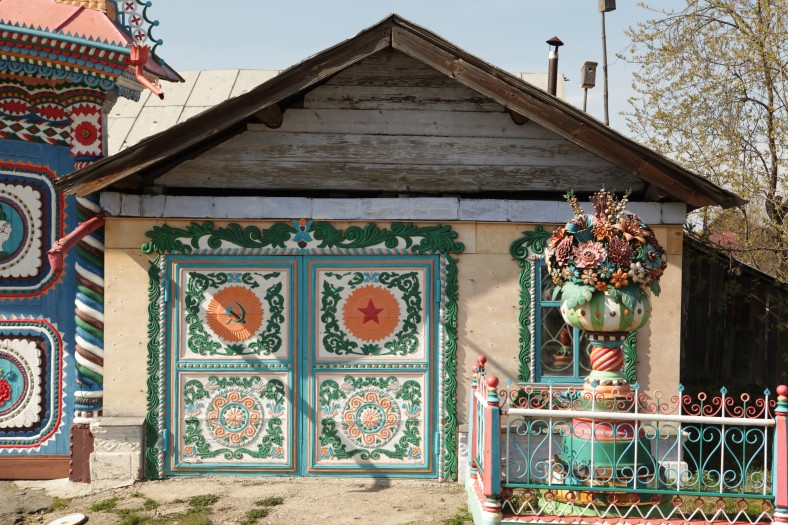
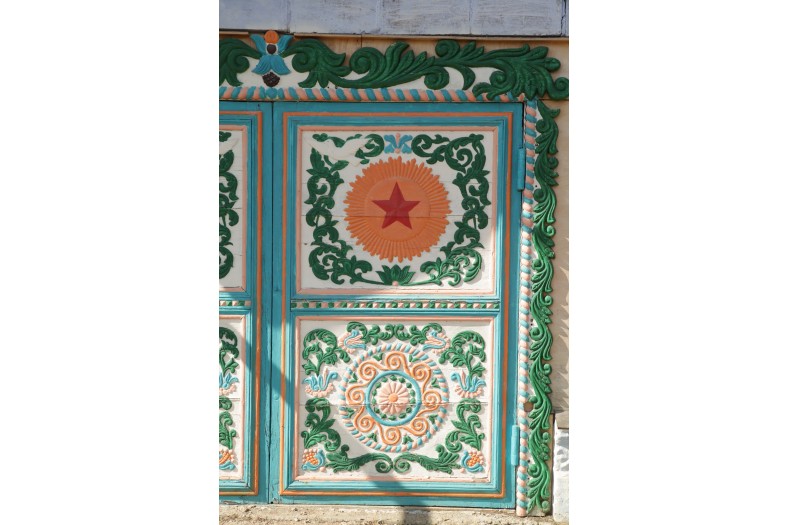
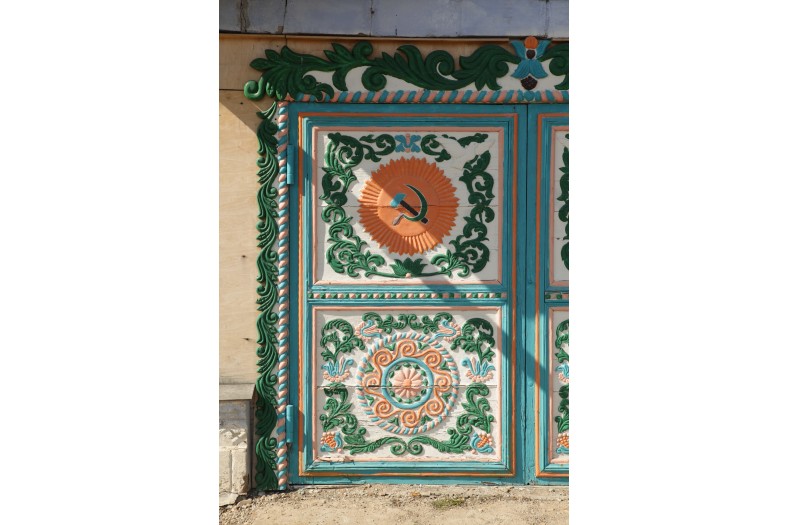
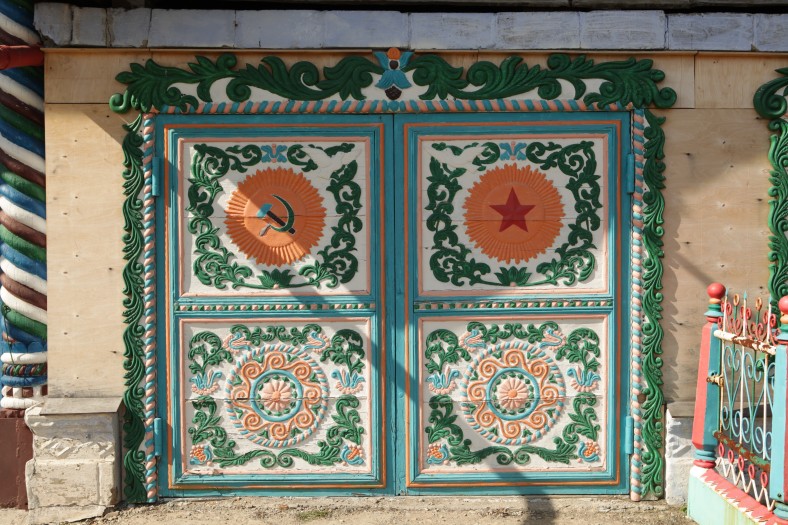
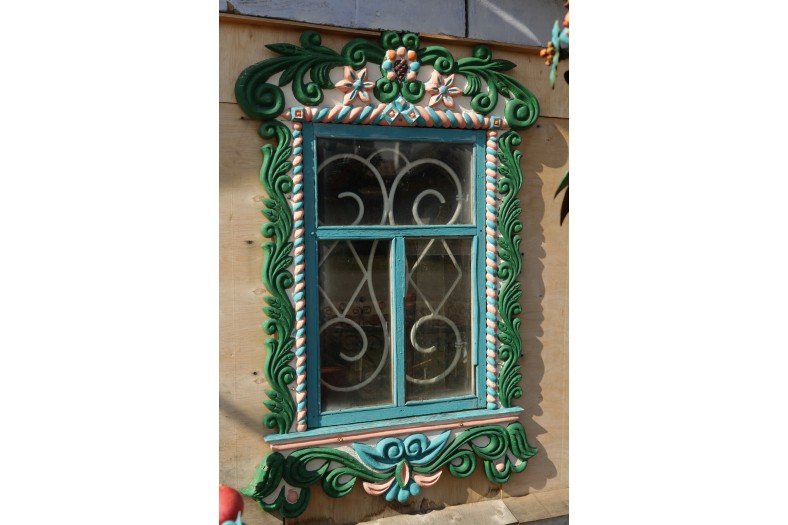
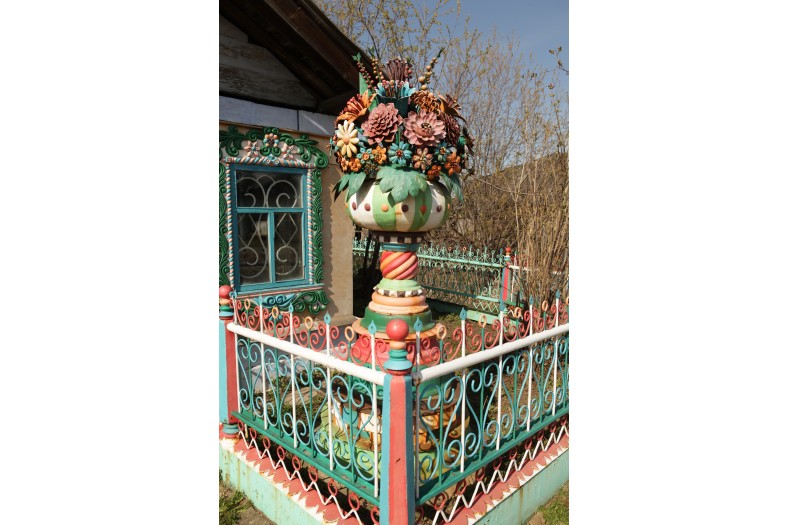
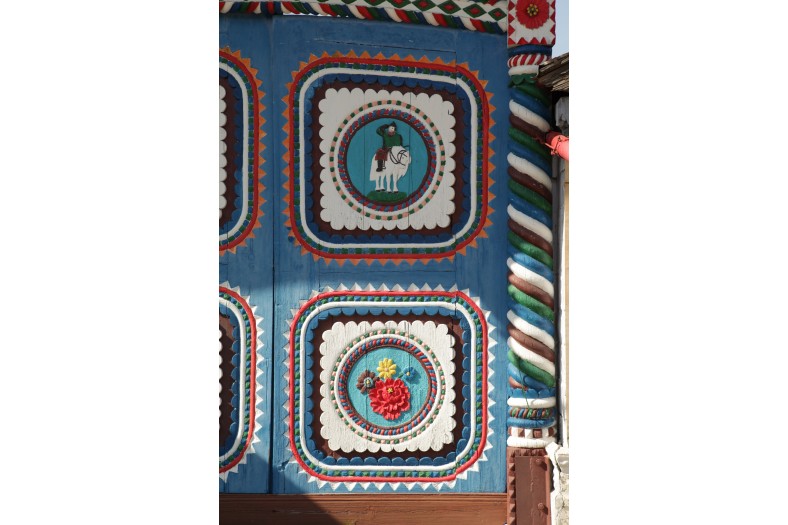
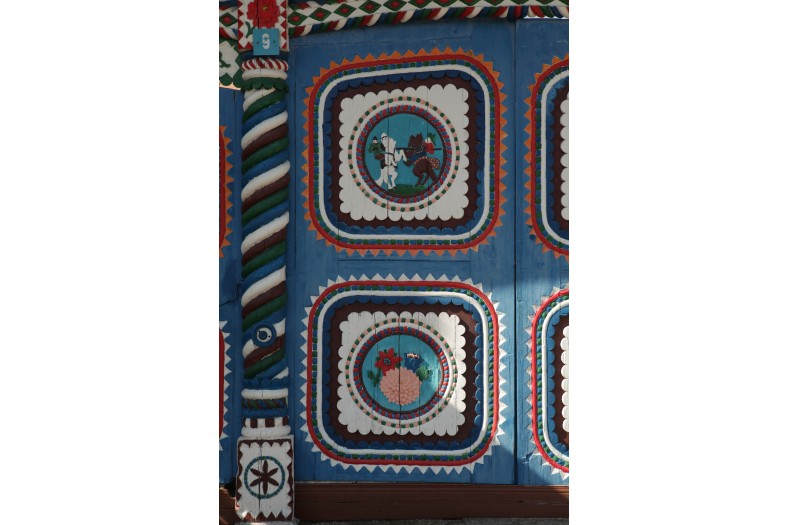
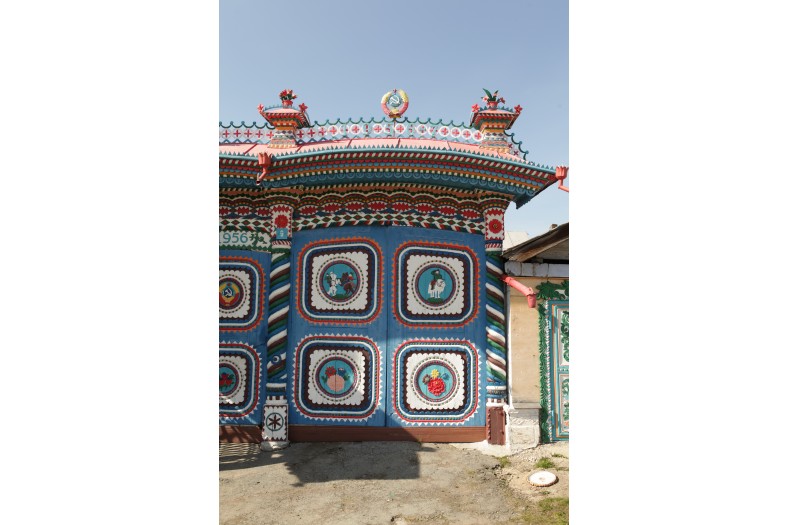
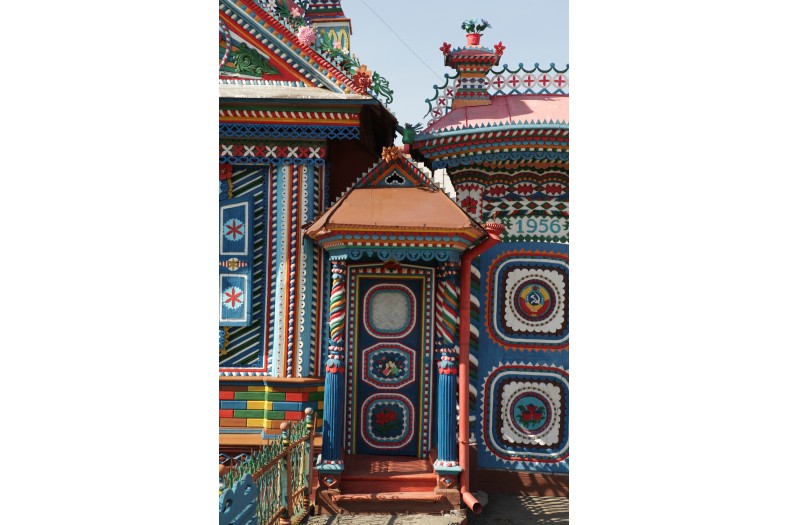
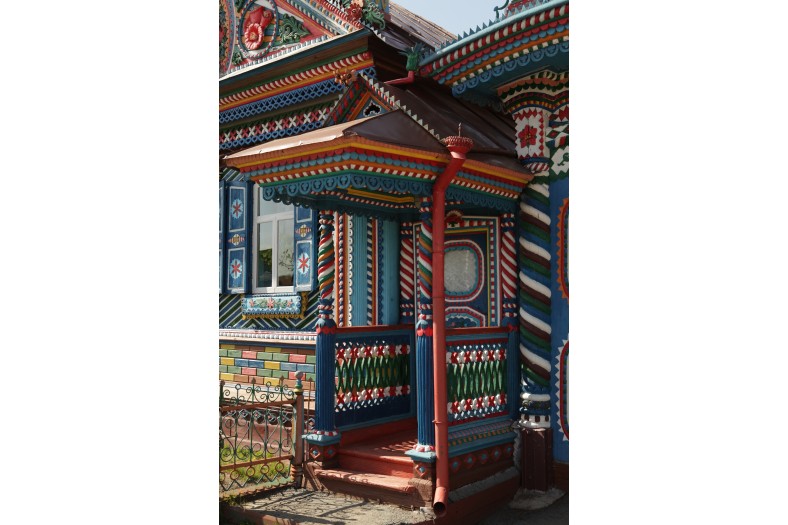
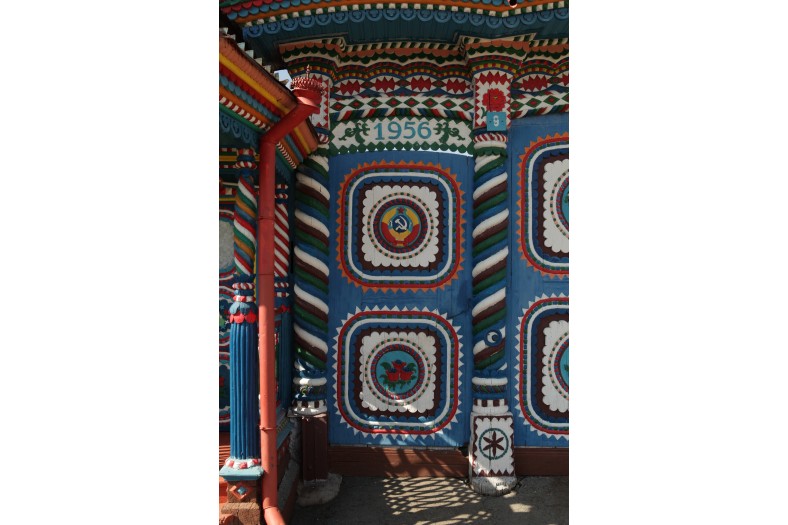
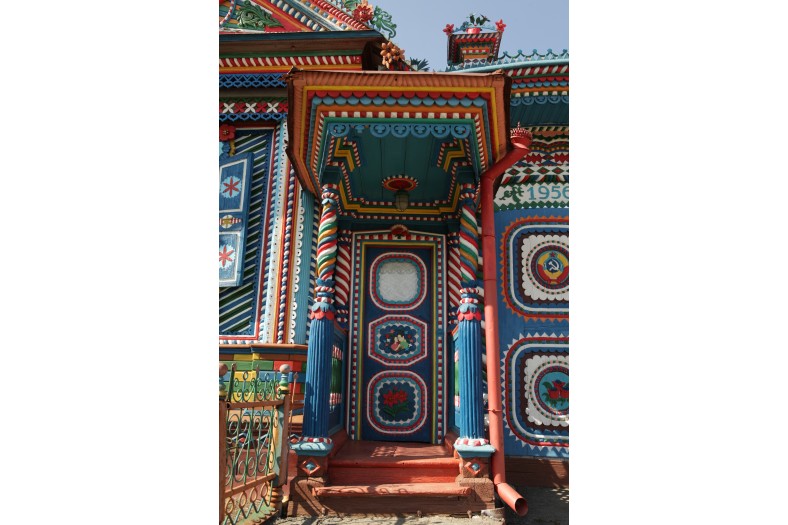
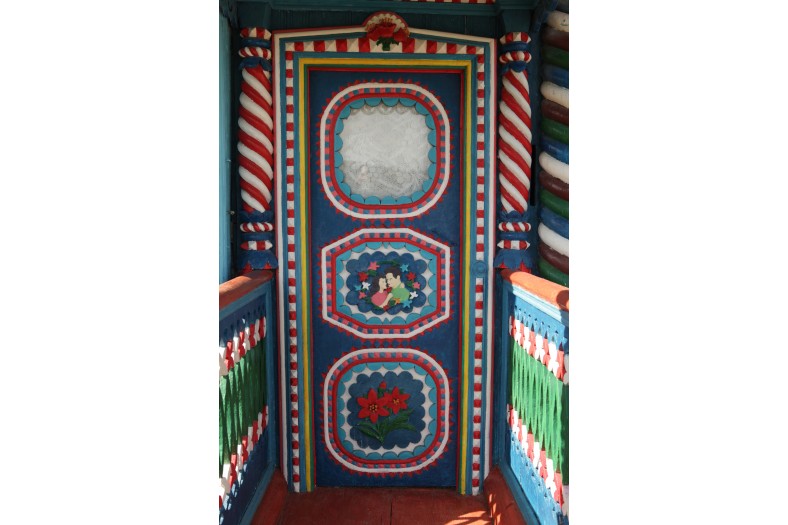
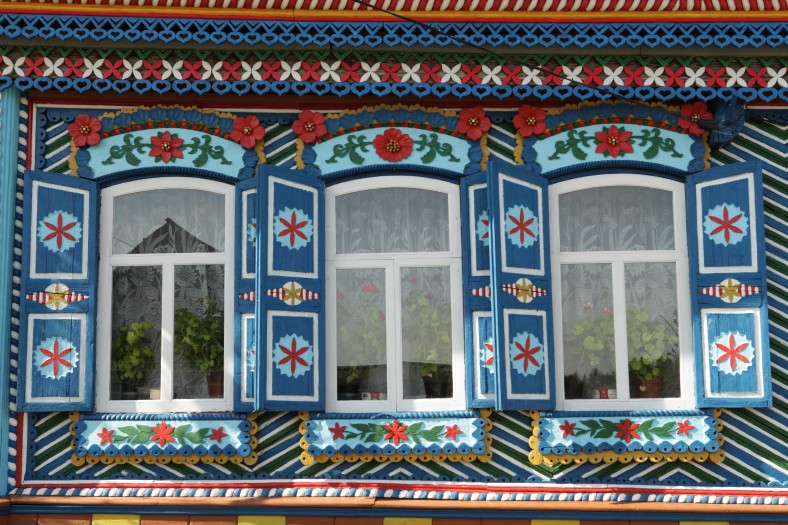
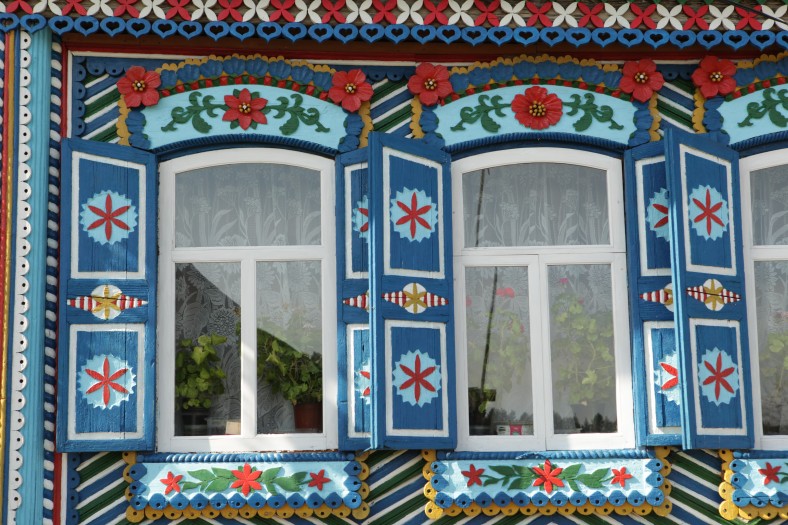
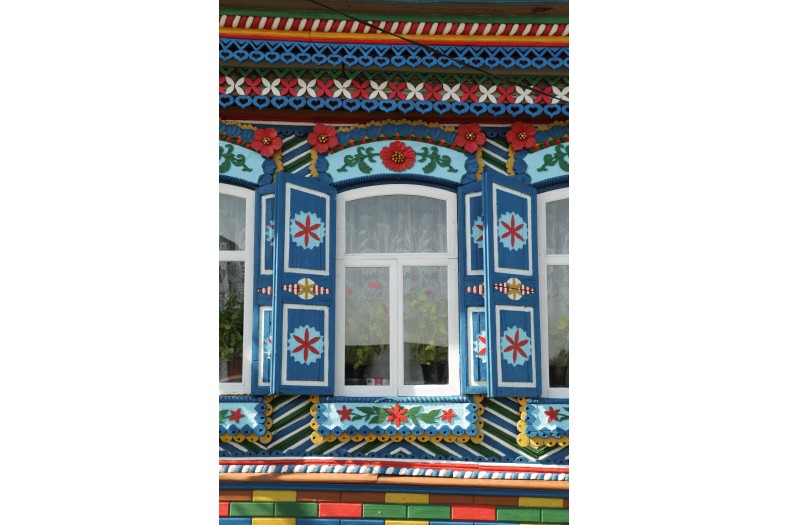
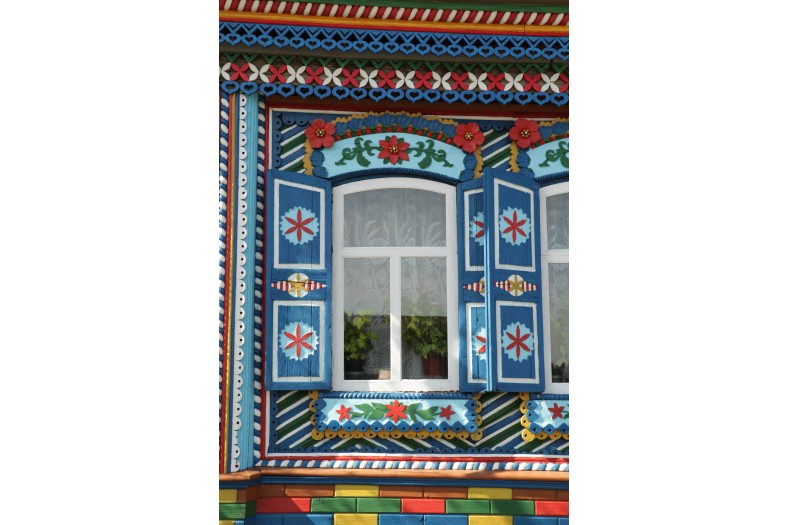
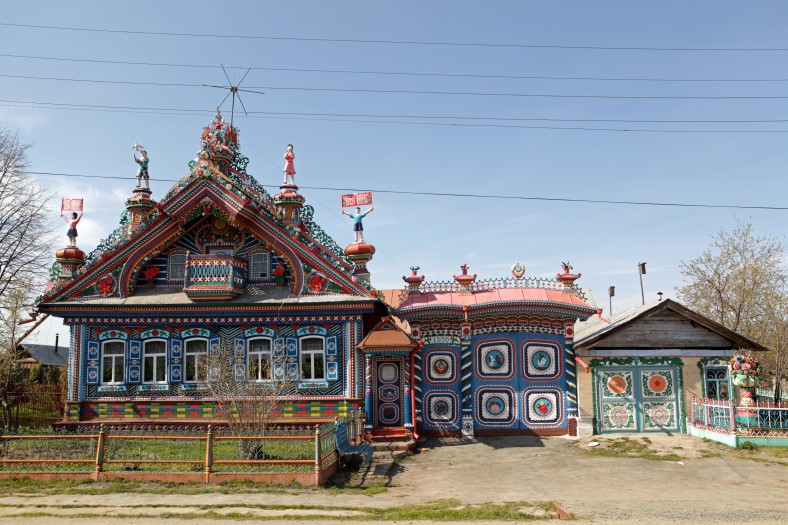
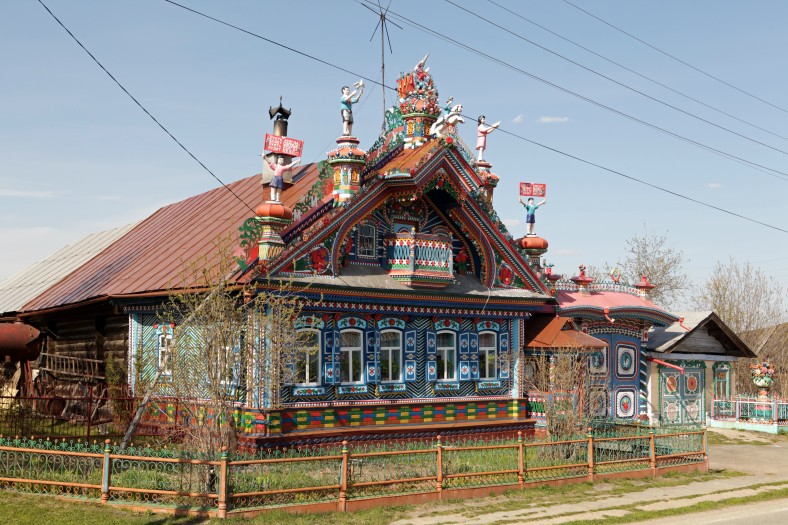
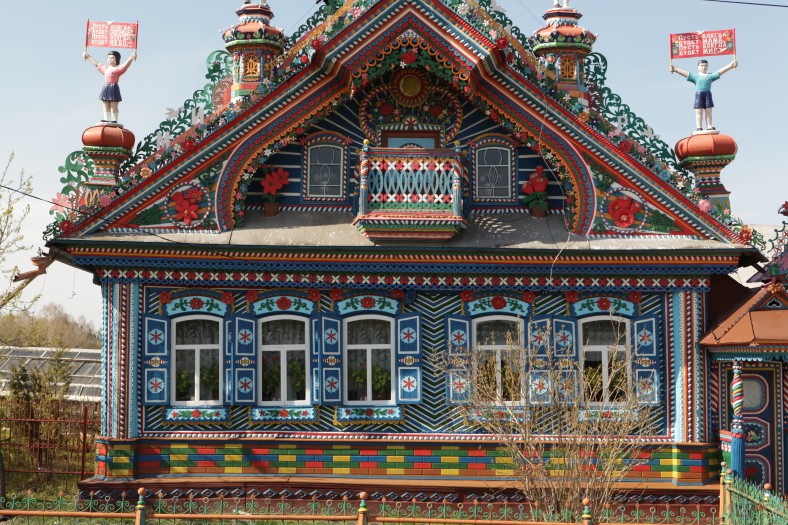
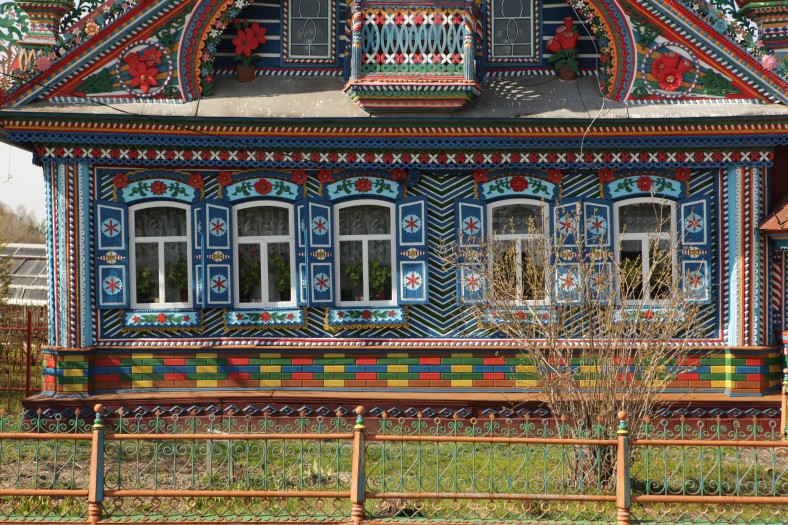
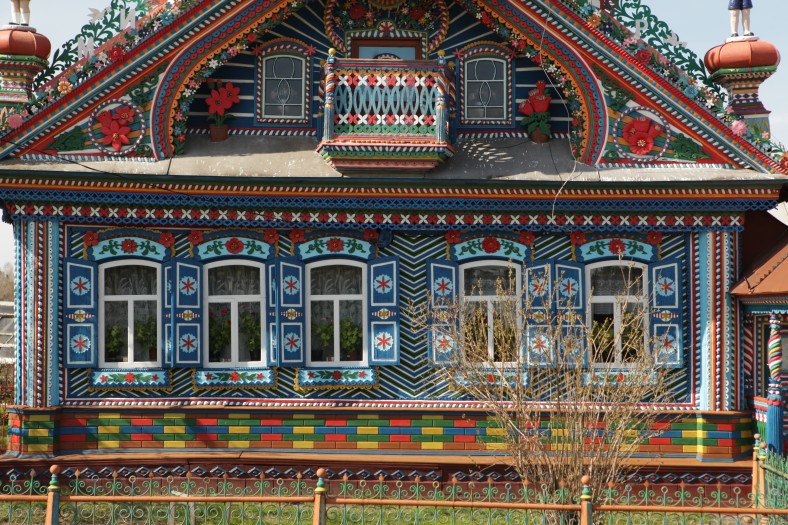
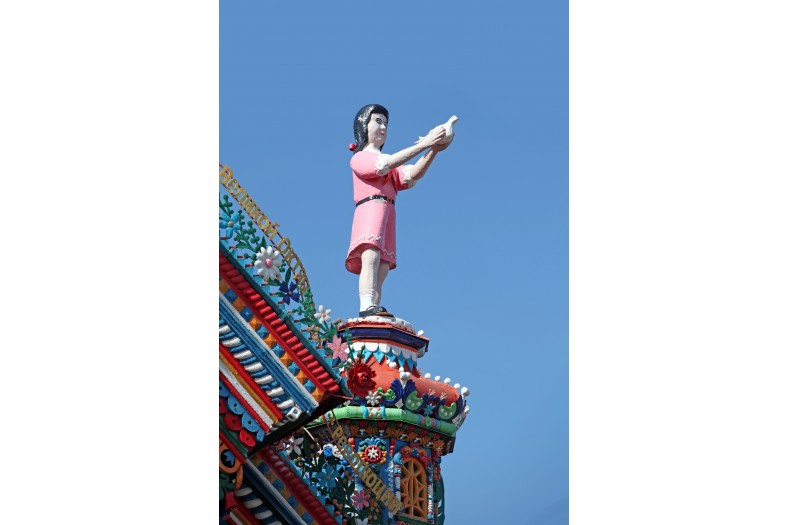
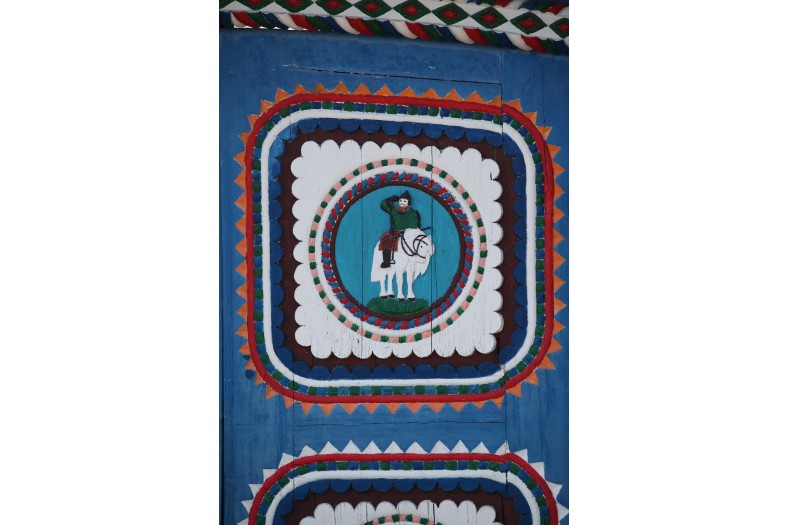
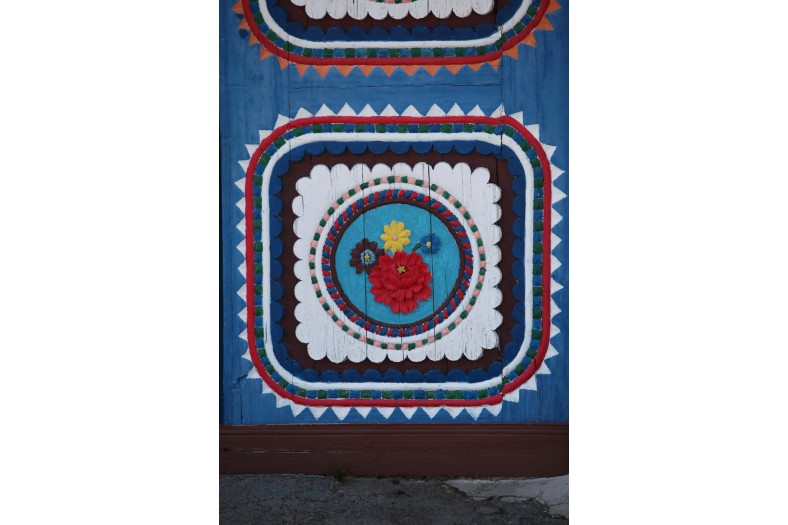
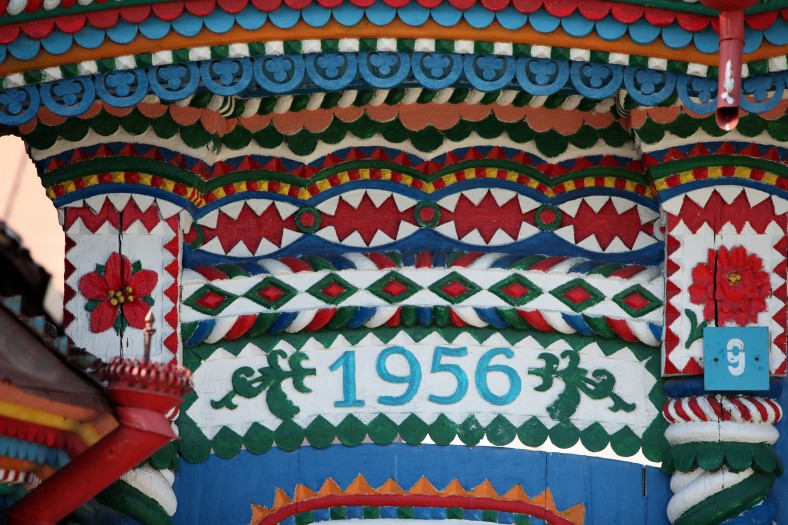
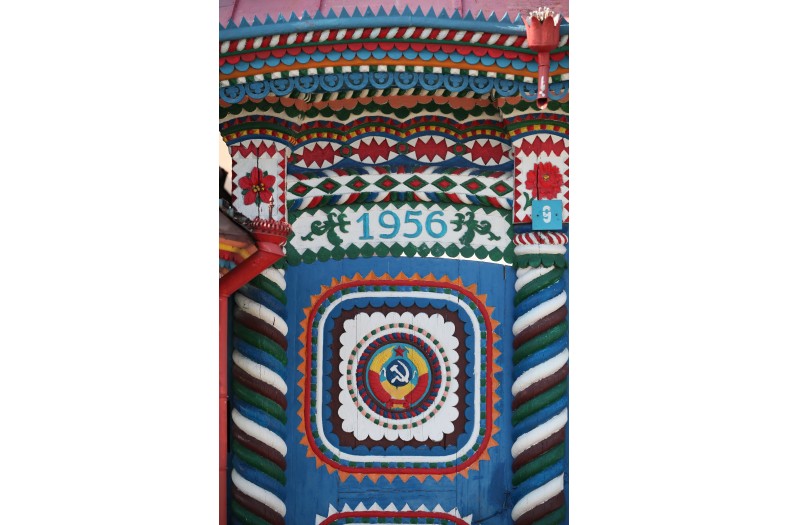
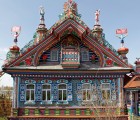
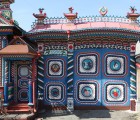
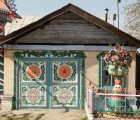
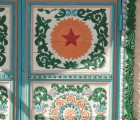
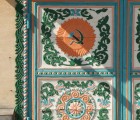
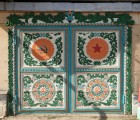
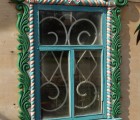
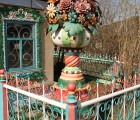
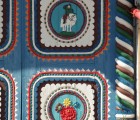
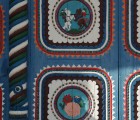
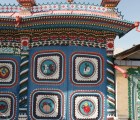
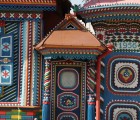
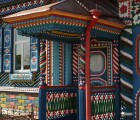
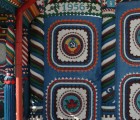
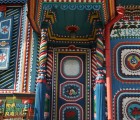
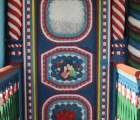
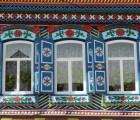
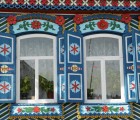
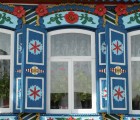
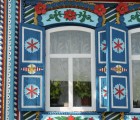
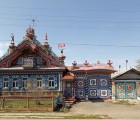
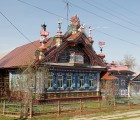
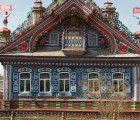
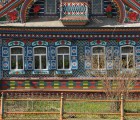
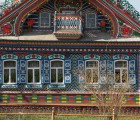
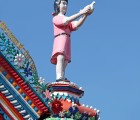
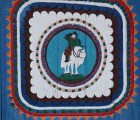
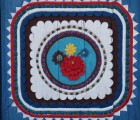

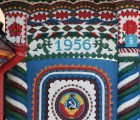

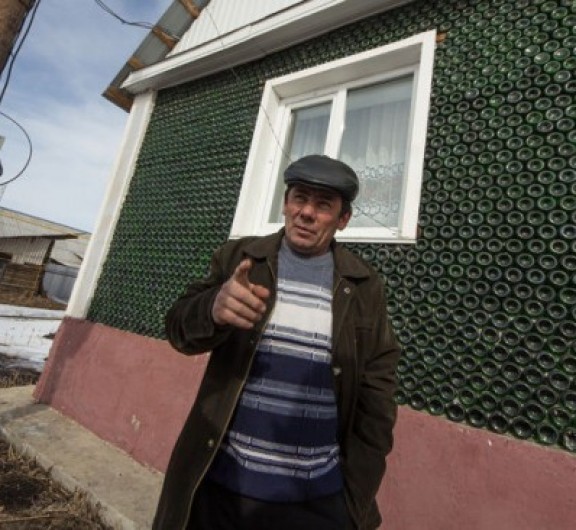
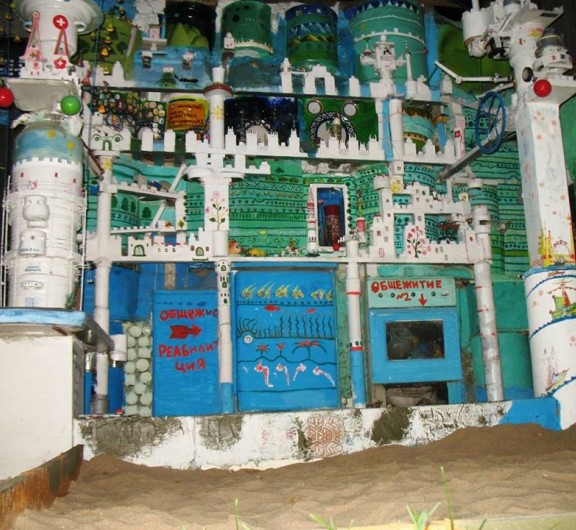
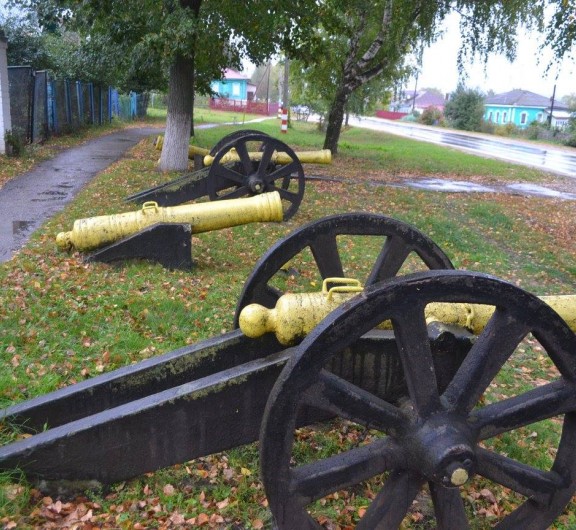
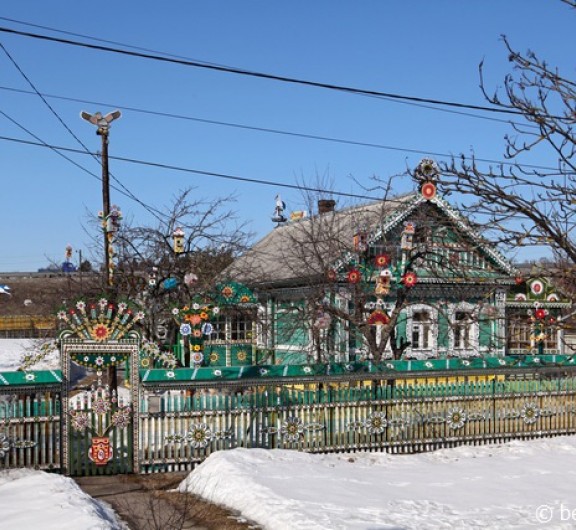

Post your comment
Comments
No one has commented on this page yet.